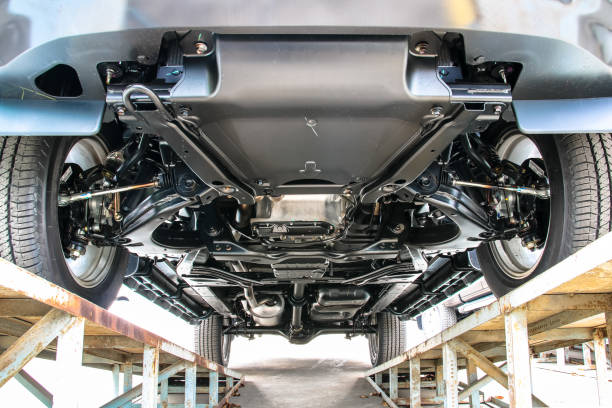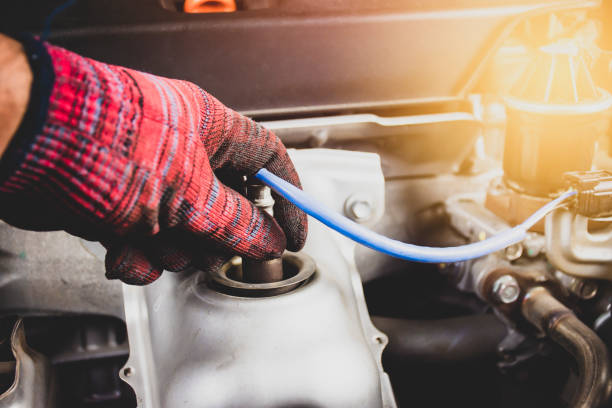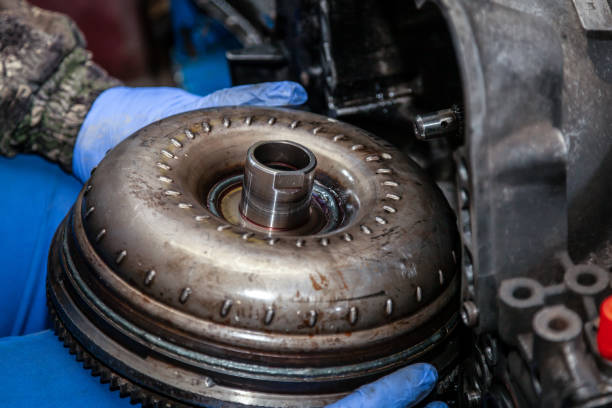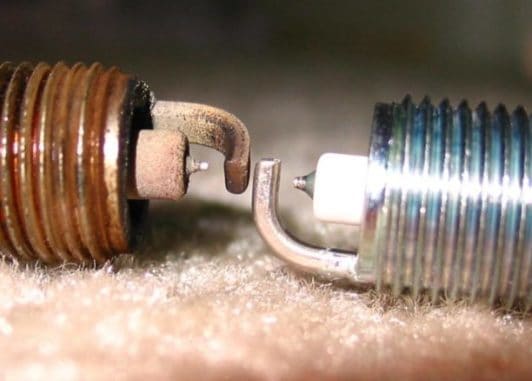
It is almost inevitable that if you own a car, then you have probably experienced engine trouble. The problem sometimes lies in the engine ignition system. It is a sign that you have either a poor battery or bad spark plugs. This is how to know for sure.
Bad spark plugs symptoms
If your engine light blinks up and your engine is not running as smooth as it should then you should check your spark plugs. Spark plugs are important for the engine. When they fail, your car develops problems that can damage your engine.
Before we jump to the signs, we should understand what spark plugs do in the ignition system.
Your vehicle will never start without a spark plug. The plug emits a spark of electricity that ignites combustion to start and keep your engine running.
Common signs of a faulty Spark Plug
These symptoms will tell you if you have a bad spark plug or not.
1. When your engine misfires

When this happens, there is always a flashing check engine light. This means there is incomplete burning fuel and can lead to the following.
- Engine knock and other drastic mechanical problems
- Power loss and performance issues
- Carbon deposits will build on the spark
- Intermittent strange engine sounds
2. Poor fuel economy
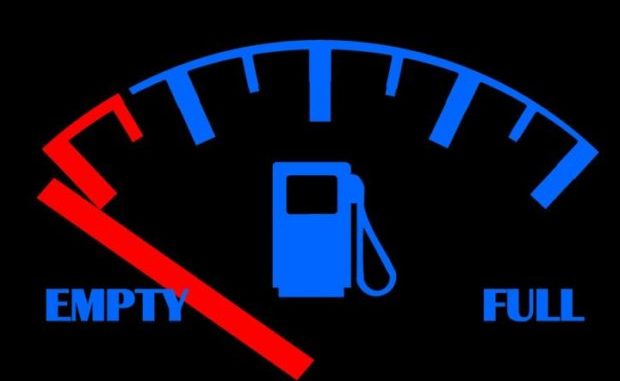
This symptom is quite common. You will notice a significant increase in your fuel consumption. Bad spark plugs can lead up to a 30% fuel consumption increase.
You should also take note of the carbon emissions from your car. Black smoke is an indication that your engine is running though with faults. You should check your spark plugs and gauge if the gap has increased.
Worn out spark plugs become faulty and send debris to the combustion chamber. It then contaminates the moving parts with debris.
3. Your engine backfires

It is a sign that your vehicle has an imbalanced fuel to air ratio. Unburned fuel particles will, therefore, explode in the exhaust system. It is important to remedy this immediately as it may damage the catalytic converter.
4. Engine knock

This one is a severe case, and if left unaddressed may lead to significant mechanical damage. You risk damaging the following engine components.
- Piston head. After an engine knock soon follows the piston head. If the intensity of the knock is immense, it may perforate the piston’s head.
- Piston compression rings. Though not as damaging as losing a piston head, this will still need a comprehensive engine repair.
- If there is sustained pressure in the combustion chamber, the cylinder head may become perforated.
- Cylinder head valves could melt
- All these knocks may lead to metal debris contaminating the lubrication system leading to the failure of other engine parts.
5. Your vehicle will lose acceleration power

Few other components affect the acceleration. You may lose up to 40% of your acceleration power. When your vehicle loses its acceleration power, you tend to use more fuel as well.
6. Rough idle and hard start
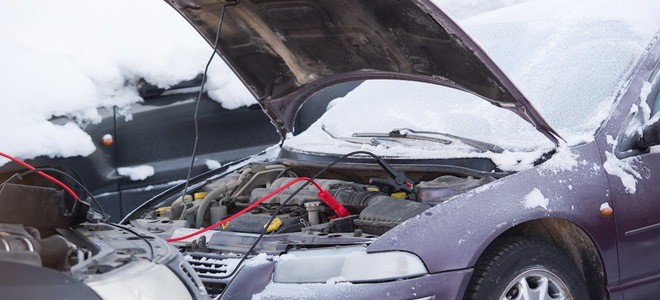
The sound of your engine sounds rough with a jittery sound when idling. It will also make your car vibrate. This indicates that a cylinder misfires when your car is on idle.
Hard starts refer to when your car takes longer to ignite. It is usually a sign that the spark plug is having a problem sparking an ignition. Hard starts will lead to ignition complications if the problem persists.
What are the costs of replacing your spark plugs?
The cost depends entirely on the make of your vehicle. Some have more cylinders than others do. One way to count the number of spark plugs in your car is to count the cylinders. However, some cars have dual spark system. An example is a V4 engine that has four cylinders. Each cylinder has two spark plugs.
Regardless of the number of cylinders, your car has, replacing your spark plugs is usually cheap. One spark plug piece costs less than 10 dollars. Replacing all plugs plus labor for the mechanic should be between $40 -$150. It is not a complicated process; hence, it should take the mechanic an hour or less.
When Do I Replace My Spark plugs
Spark plugs will serve you for many years and miles without the need to change them. However, motor manufacturers recommend you change them after every 30,000 miles.
How long a spark plug lasts depends on the type of the plug. Copper spark plugs have a short life compared to platinum or iridium.
Always replace spark plugs with the manufacturer’s original choice. If you cannot find the same spark plug, then replace it with high-quality spark plugs. Copper plugs are substandard and will wear off fast.
How to Replace Your Spark Plugs
Your car model determines the procedure. Some models are easy to replace, while others need you to be more skillful. Some V-engine models are hard to reach the spark plugs. You might end up opening different engine parts. However, the principle for replacing the spark plug will remain the same in all car models.
It includes
- To Remove all the ignition cables and coins
- Removing any parts over the ignition coils/ ignition cables
- Remove all damaged spark plugs and replace them with quality spark plugs
- Make sure you have the right sparks by checking their lengths. Long spark plugs can cause damage to your pistons.
- Lubricate the threads with lube and tighten using a torque.
- Return all removed parts, including the ignition cables and coils.
Recommended Spark Plugs on Amazon
There are different types of spark plugs. People believe that some are better than others. There are no bad spark plugs in the market. The difference is that some generate greater sparks than others. The best plugs are the iridium and platinum over standard spark plugs.
Bosch platinum plus spark plugs. They are more durable and lasts 25% longer than the previous edition of Bosch platinum spark plugs. Both plugs maximize MPGs
Bosch Iridium Spark plugs. This one is a high-performance next-generation plug. They ignite faster than copper plugs and lasts four times longer. Reliable throttle and acceleration power.
Tips for maintaining your spark plugs

Here you should consider preventative maintenance. Monitor your car closely to note changes. Keep looking out for the symptoms. It does not end at this point. Run a further diagnosis using these simple methods.
Inspect wires
Find a place with sufficient lighting and open under the hood of your car. Locate the spark plug wires and do a visual inspection. Look for damages to the cables. Scorch marks and cuts. Check for signs of corrosion.
Run your engine
Look out for electrical sounds. Listen to the sound from your engine. Noises may be from a high voltage leak.
Use water to spray the wires
Spray the areas where boots attach to spark plugs. If arcing occurs or the presence of mist switch off the engine. Remove the spark plug from the boot and look inside the boot for traces of carbon tracking. The presence of carbon tracking means that you will need to replace the spark plug.
Use a spark plug tester
A spark miss or spark misfire can make your engine lose its power and traces of black smoke from your exhaust. Run this checklist to know if you have a plug misfire.
- Disconnect the spark plug from the spark plug lead
- Connect your spark plug lead with your spark plug tester
- Connect the spark plug to the spark plug tester and create a link from the spark plug to the lead.
- Rerun your engine and listen for a gap of inconsistent timing.
Confirm if the wires to your spark plug are routed well.
Cross-cutting drains power from your car. If your vehicle has a manual, use it to determine which wire leads to which port.
Clean your spark plugs.
Disconnect the spark plug from the spark plug lead. Clean the spark plug thoroughly to avoid debris getting into the combustion chamber. Do not force or remove the spark plug with your hands. Use the spark plug socket wrench.
Use a spray and wire brush to remove any deposits. Never use an abrasive to clean your spark plugs.
Conclusion
Spark plugs play a pivotal role in ensuring your engine is in perfect condition. They should be changed at regular intervals to keep the engine from knocking. Spark plugs also are cheap. During replacement, change all spark plugs and not just the worn-out one.
Spark plugs must wear out eventually. You should, therefore, be proactive in the maintenance of your engine. Actively check for warning signs of depleted spark plugs. Such check-up will save you money and future engine troubles.
Frequently servicing your car will probably contain most spark plug related engine failures. You should adhere to performance service dates and not extend the mileage when service is due. Help your mechanic by reporting to them the feel of your car.
Ultimately, our cars are a reflection of the care we give them. As it is with everything. If you fail to handle problems before they start, then you are preparing for bigger problems. Safety and a reliable engine start with preventative maintenance.





